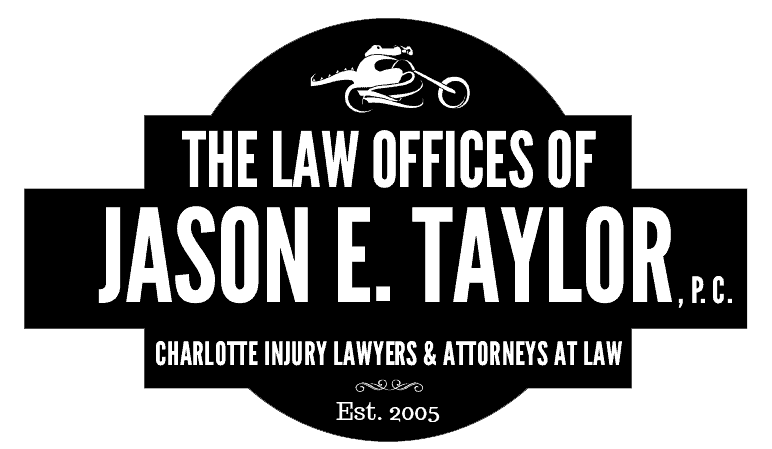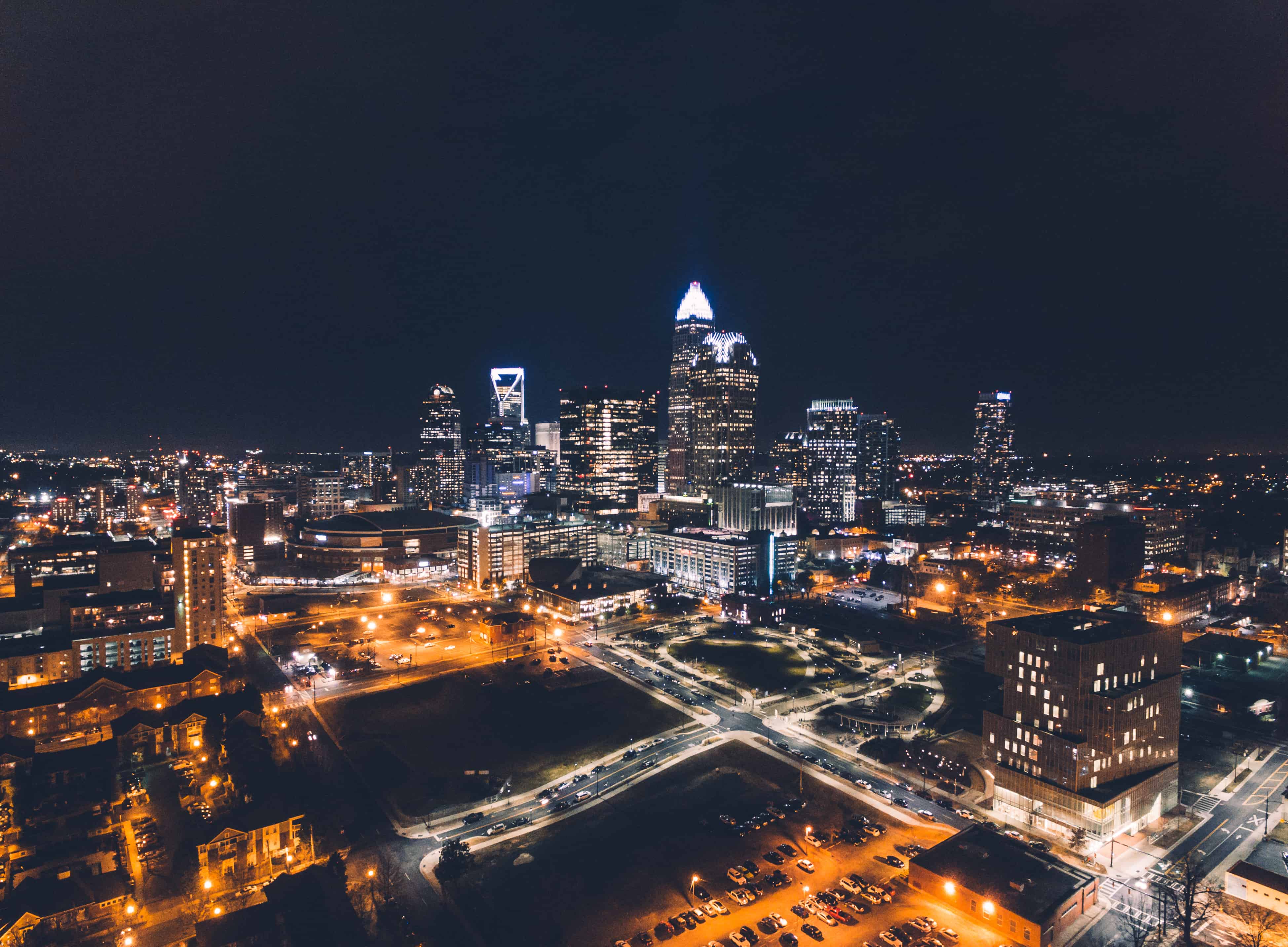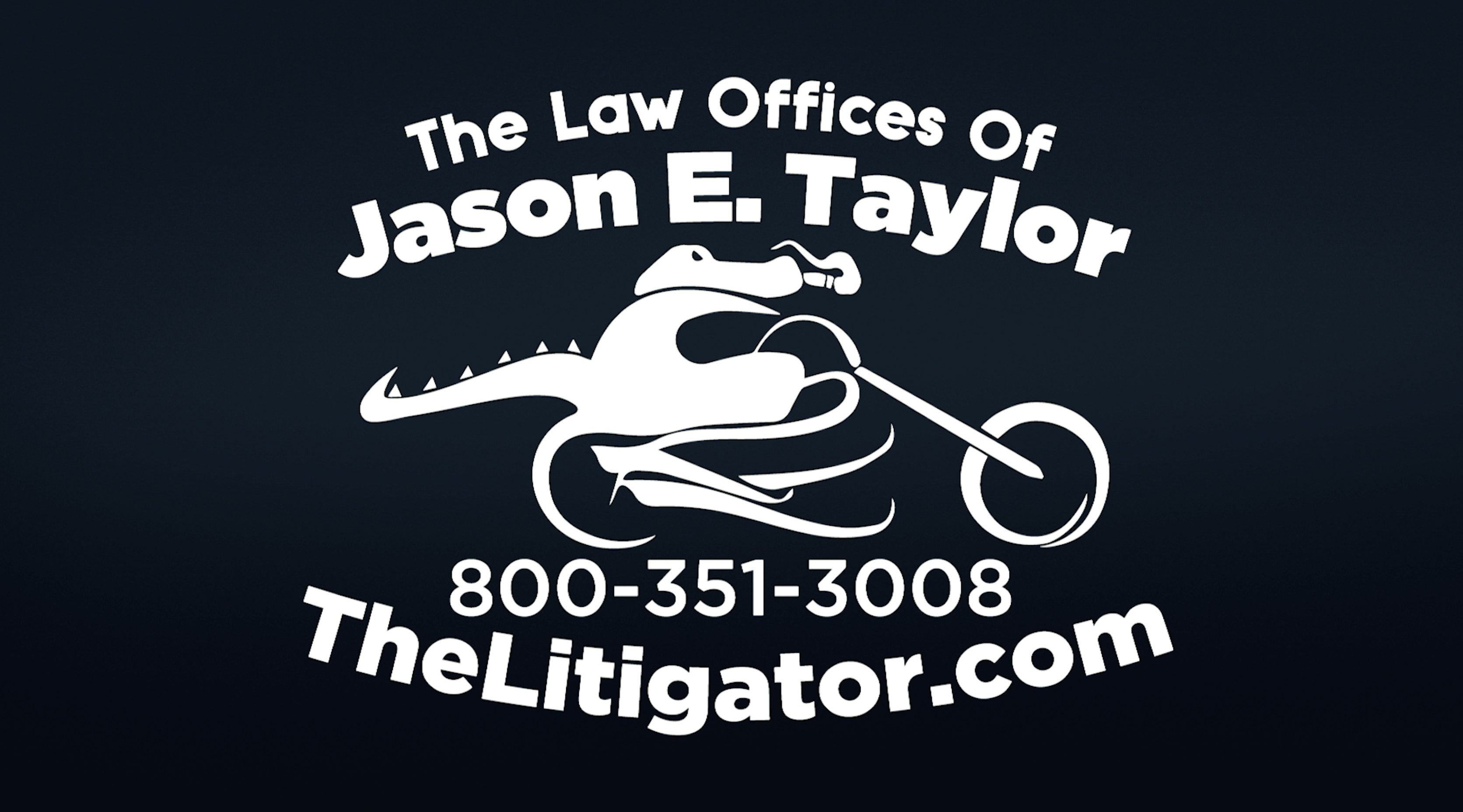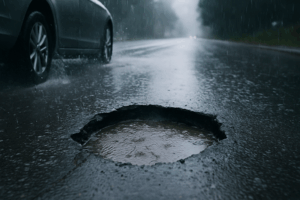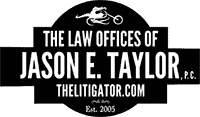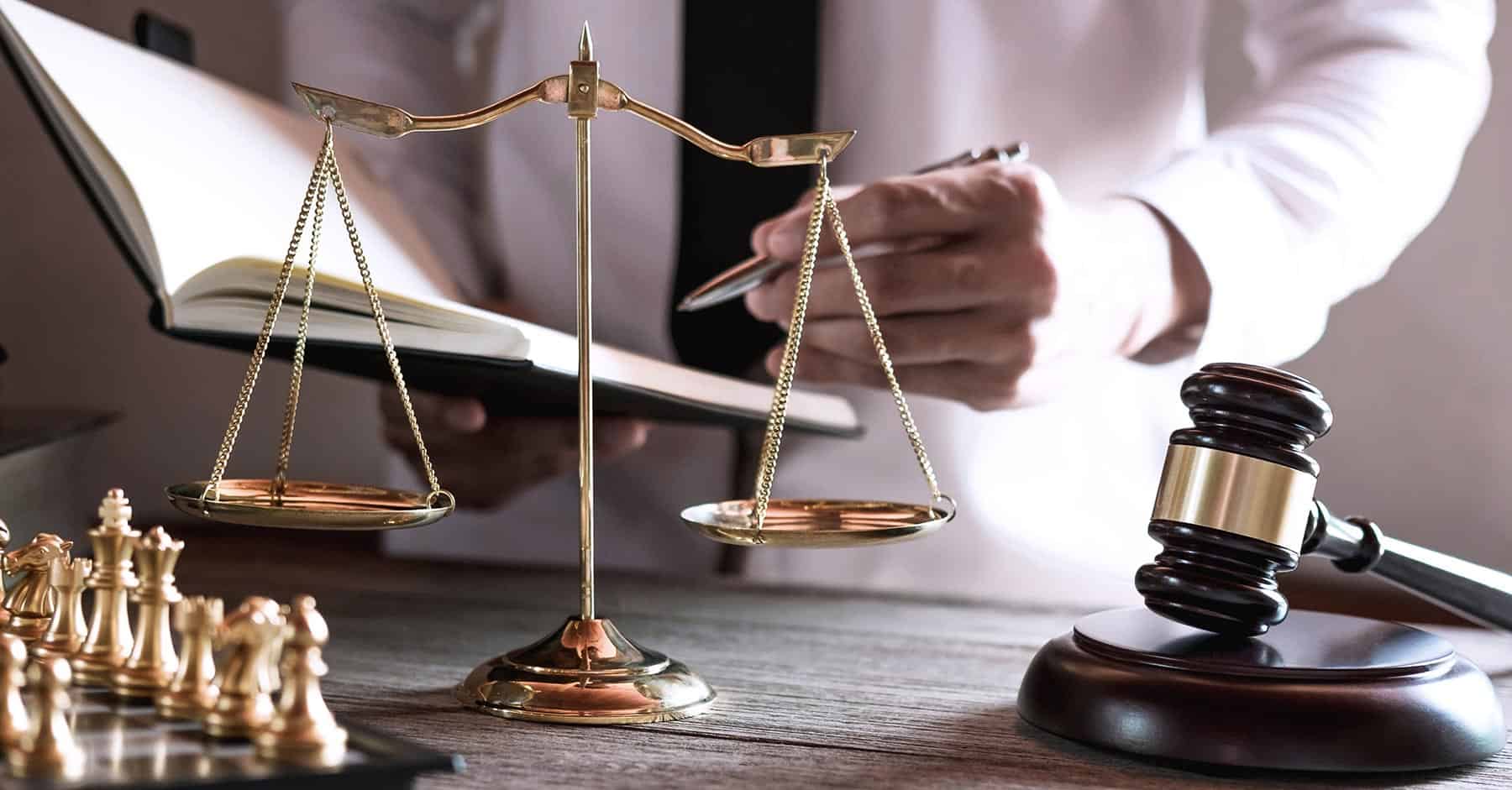Traffic cameras help manage traffic congestion, reduce accidents and improve overall road safety. Since the cameras can be monitored in real time by control centers 24/7 they can help relay traffic conditions to drivers, monitor driving violations, and manage traffic flow by assisting traffic engineers in making informed decisions about signal adjustments.
How Traffic Cameras Help Law Enforcement and Safety in Charlotte
Law enforcement also benefits from the use of traffic cameras as they can review the footage to determine the cause of an accident, identify responsible parties, and gather evidence of traffic infractions like speeding or reckless driving. Just knowing a traffic camera is ahead on the road slows down drivers, making our roads safer. New York noticed over a 70% drop in red light violations where cameras are located and a 50% drop of speeding in school zones with cameras.
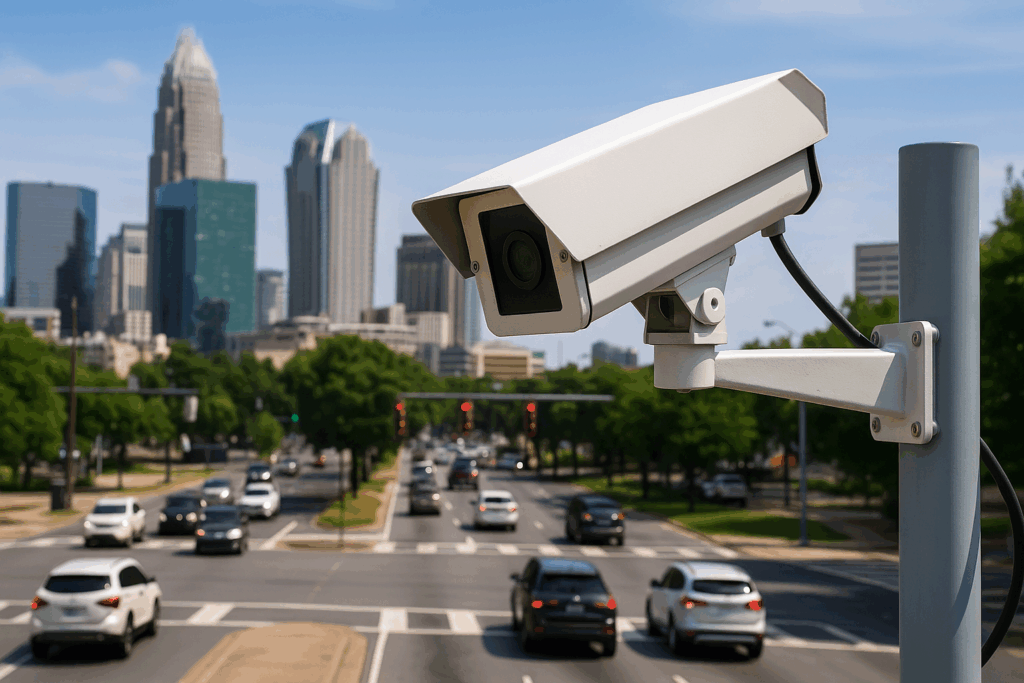
Types of Traffic Cameras Used on Charlotte Roads
There are various types of traffic cameras. Some cameras have high resolution lenses and infrared sensors enabling clear image capture in various weather and lighting conditions. Now with the help of AI powered analytics it is easier and quicker for detecting accidents and roadway violations. Some of these traffic cameras are fixed cameras for general monitoring, while others are PTZ (pan-tilt-zoom) for adjustable views. As most of us know, there are also red-light cameras for detecting red-light violations. Most of use don’t like our government watching everything we do, but it is watching our roadways, and it is helping with safety and traffic conditions.
Traffic Cameras in Use Across Charlotte and North Carolina
North Carolina is no exception; our state relies heavily on traffic cameras. Flock Safety, a private Atlanta based company has over 700 cameras on North Carolina Roads. Flock Safely is only about 7 years old and has cameras in 47 states giving law enforcement the ability to watch vehicles travel just about anywhere. DRiveNC.com and WRAL.COM can give you real-time views of the many cameras on NC roads. You can even get an app for your phone that will give you access to the cameras, giving current data on the traffic conditions. Many businesses like gas stations and private homes have their own cameras that often capture traffic on the roads they boarder. Of course, now, many vehicles have cameras in them. While people mount cameras in their cars, some car manufactures are building cameras into the cars. Cameras are here to stay, and they will only become more important to law enforcement and accident reconstruction as their numbers grow.
How Charlotte Injury Lawyers Use Traffic Camera Footage
If you have been involved in a Charlotte accident that was not your fault it is important to retain an experienced injury law firm who has qualified investigators who know how to canvass an area and get access to all possible recordings of your collision. Our investigators are retired law enforcement who know where to look and how to access video recordings. Our investigators also use drones with cameras to get video from angels and directions that can prove helpful in understanding and describing and supporting the facts of the case. Sometimes it is the “birds eye view” that helps everyone understand exactly what happened. When necessary, our office will file a FOIA request ( the Freedom of Information Act) to get access to the camera footage. A FOIA request is the relevant agencies of the Federal Government and you can you use an online form or a simple letter stating specifically what you are looking for, who you are and where you want the information sent to.
The Power of Visual Evidence in Charlotte Car Accident Cases
Video and photo evidence are very powerful both in dealing with adjusters and in the court room with a jury. As the saying goes, a picture is worth a thousand words. Visual evidence tends to seem unbiased and thereby credible. The key to getting the video to a jury is making sure you will have a witness who can testify as to the accuracy of the image/photo relative to the time in which the event occurred and the video is relevant. In other words, “Yes a picture would help understand the facts of what happened” and “yes this photo accurately depicts the intersection on the day I was driving through it when defendant Jones ran into me.” To be admissible in court it must be relevant and accurate, you get that when you have a witness who can testify that it is both relevant and accurate.
Using Traffic Camera Footage to Maximize Case Value
Video can also be used to help create an animation of the event that occurred, replicating the events visually again makes the video animation appear unbiased and credible. Video and pictures can also help with the damage aspect of a case. A day in the life video enables an adjuster or a judge and jury to visualize the daily hardships an injured person might struggle with after an accident. Photos of scaring done professionally can boost the value of a demand package sent to an adjuster versus nonprofessional images that might not be able to maximize lighting and film exposure times. Let’s face it, between the television, computers and mobile phones, people are used to visual images. If you want to maximize a case, you need to sell it to adjusters and juries in the way they are used to getting their information, visually.
Preserve Evidence Early: Why Timing Matters in Charlotte Accidents
One of the biggest pieces of advice I can give people who have been injured in an accident that is not their fault it to hire an experienced injury lawyer quickly, so photos and video can be found and preserved. So, witness statements and videos can be taken while information is fresh in their minds, so investigators can shoot videos and photos while the scene and the injuries are still as they were at the time of impact. Early evidence gathering allows for evidence preservation, a key to a successful outcome. If you’ve been in a Charlotte car accident, contact us for a free consultation.
